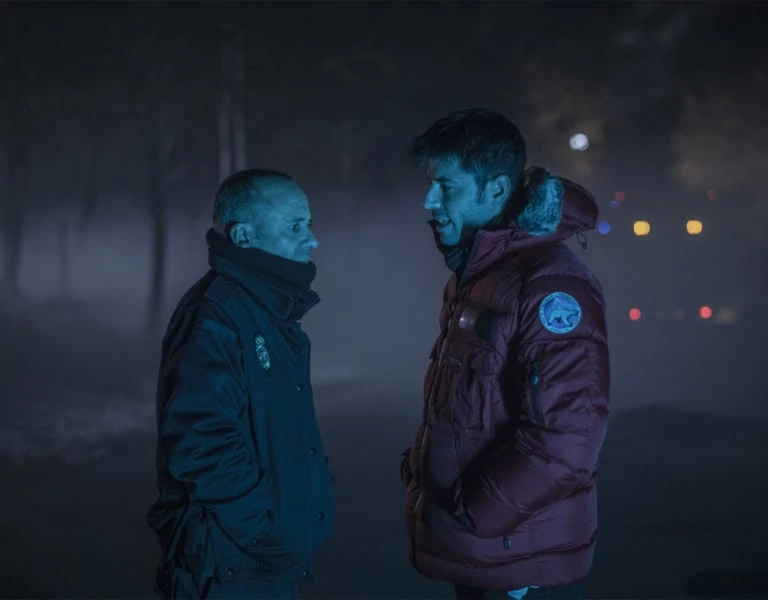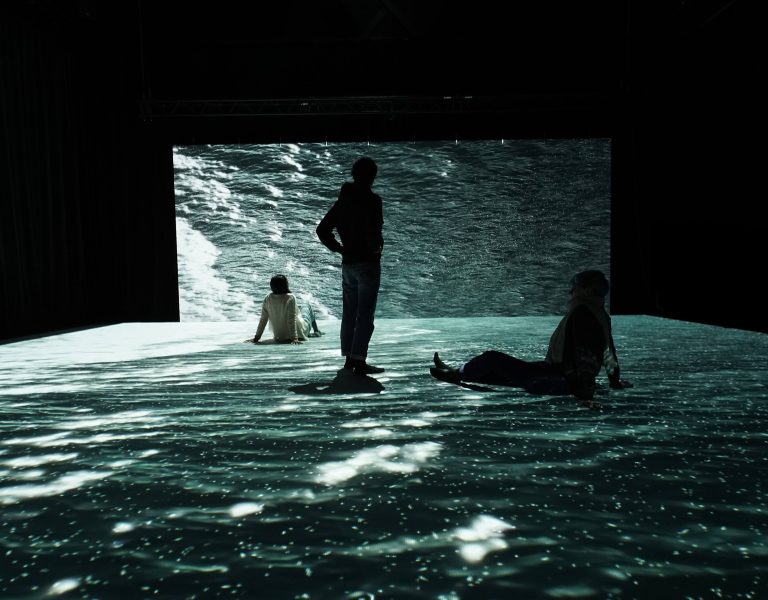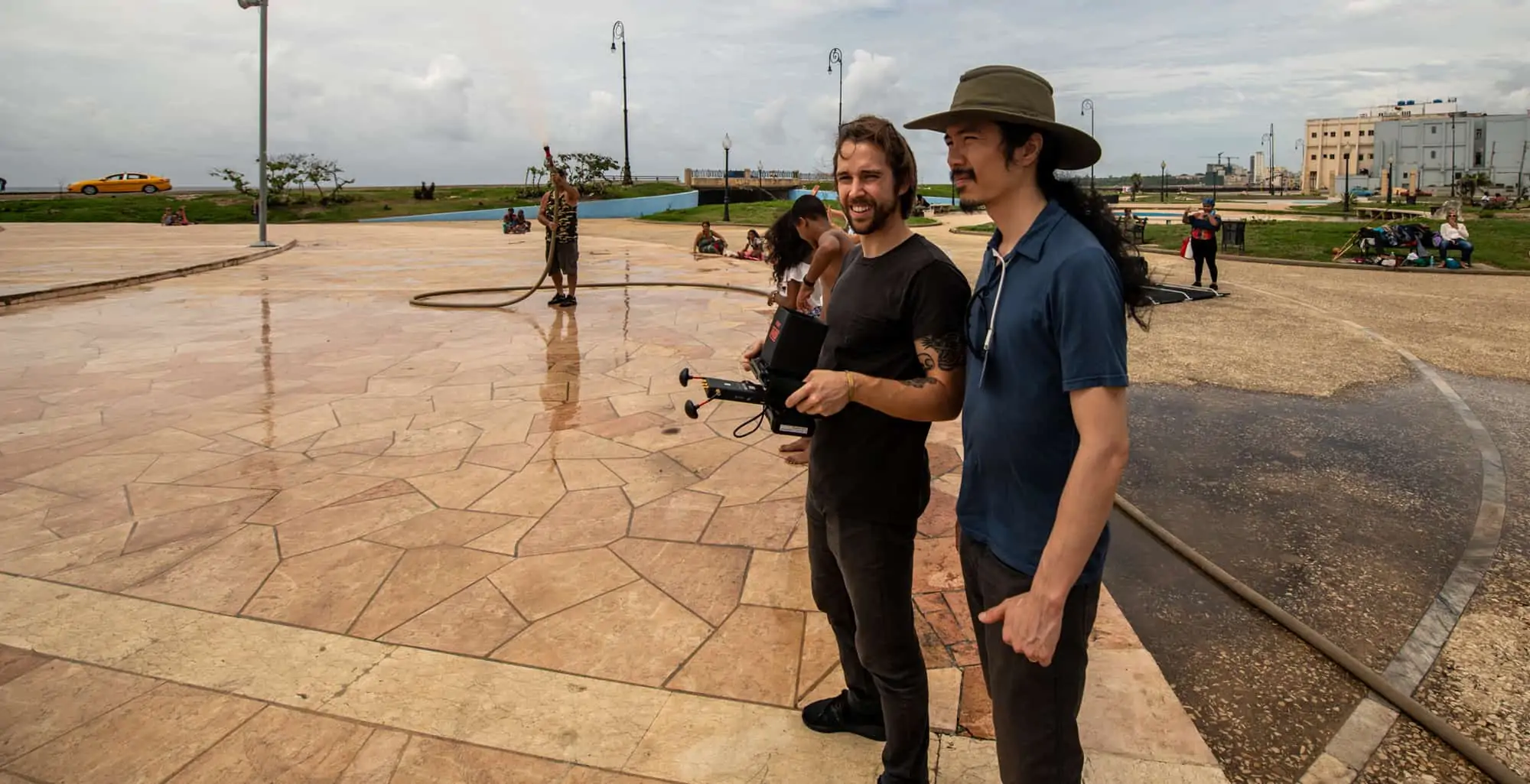
Peter Chang, known for his IMAX and giant-screen work as cinematographer on Jerusalem and America Wild: National Parks Adventure, has completed his latest film, Cuba, which won the Best Documentary award at the 34th Annual Fort Lauderdale International Film Festival and has begun releasing to museums, educational institutions and other giant screen and IMAX venues.
Chang had first used Cooke S7/i large format lenses on a project in early 2018, having tested them for giant-screen use on that project. Based on those results, they became frequently used lenses on the final and mostly narrative centric shoot in Cuba – the personal stories – whilst breaking with the IMAX and giant-screen standard of avoiding close-ups.
“Cuba is focused on the beauty, spirit and character of this Caribbean country and its people,” said Chang. “One of the primary stories in the film centres around a young ballerina. I was really looking forward to using the Cookes as we knew we would be shooting on stage with challenging theatrical stage lighting, and breaking that sort of giant screen IMAX norm of not having any close-ups. That’s exactly what we did — shot some close-ups of her face, which came out beautifully.”
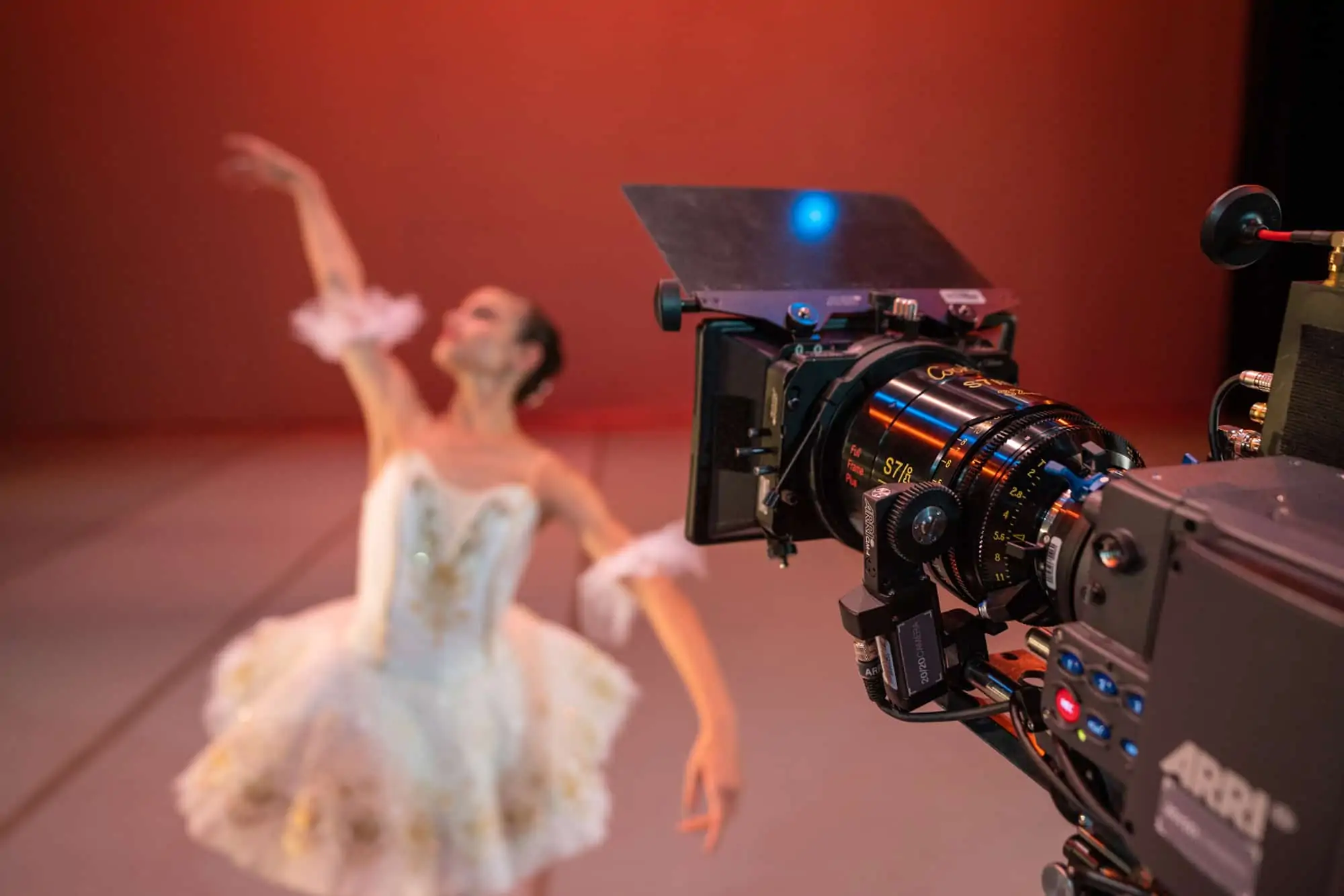

There are, however, challenges in shooting close-ups in terms of framing for such a large image, based on how it is projected.
“IMAX has flat screens that are typically used for 3D, and you also have dome theatres where you’re looking at the bottom half of a 1.43 image and then the rest of it is over your head and you’re not typically looking at that,” explained Chang. “A close-up has to be framed in that bottom half or third of the image. With an image as big as we’re projecting – at times, 90 feet x 65 feet or more – a close-up can be rather jarring because you can see a lot of the imperfections on people’s faces, you can see the makeup on their skin and blemishes that can be unattractive, but I wanted to see how far we could push it with our ballerina to gain more intimacy.”
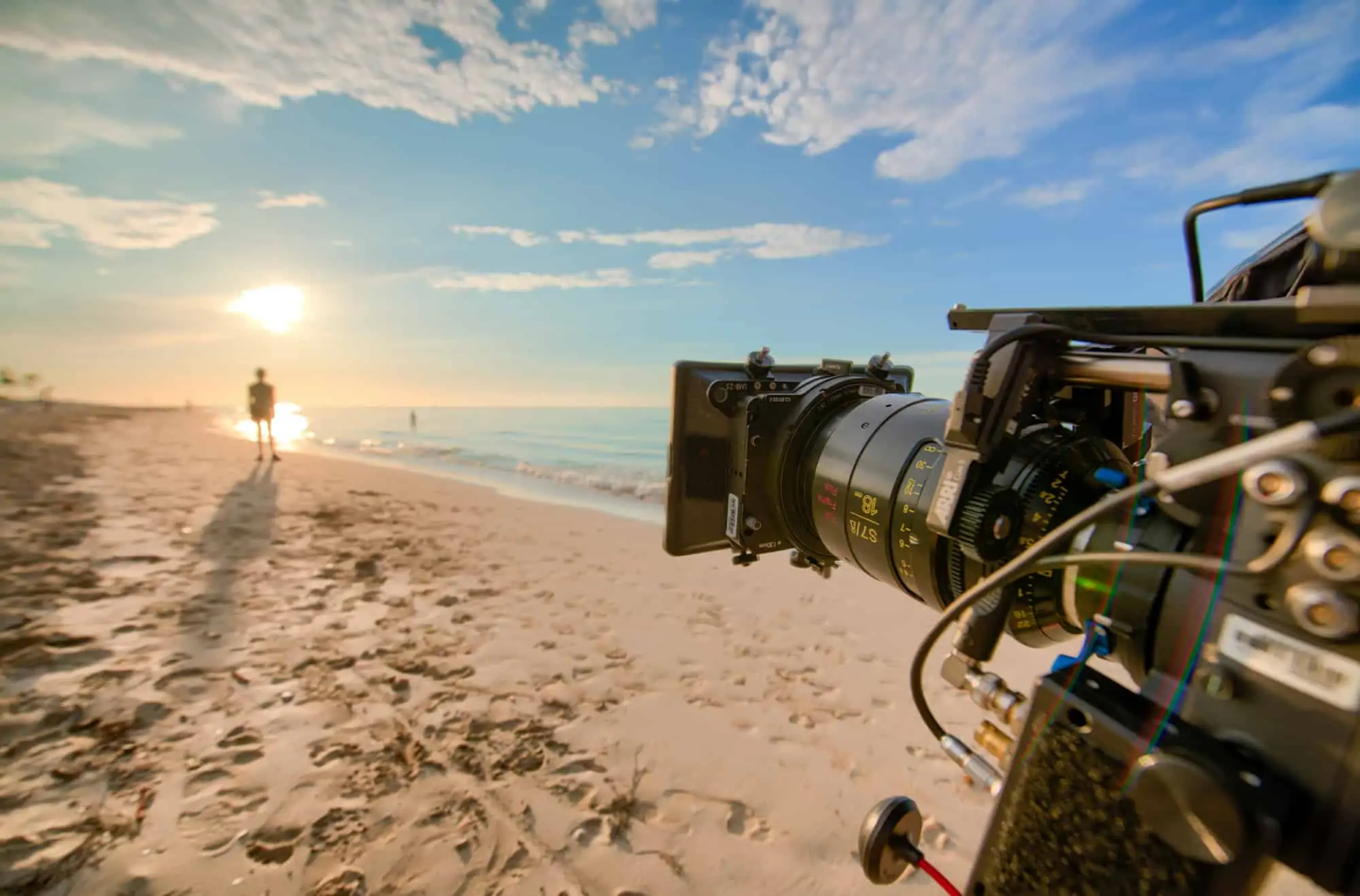
Chang, and his co-DP Justin Henning, had the full set of 12 lenses at their disposal, though they primarily used the 18mm. “I teamed the Cooke S7/i lenses with the ARRI Alexa LF camera,” said Chang. “It gives me a very cinematic and dreamy look – very smooth and gentle, but still crisp and sharp. Cooke lenses have always been very flattering with faces and people, so for the portrait-oriented sections of the film this pairing was magical.”
Henning said, “The lenses were very sharp, something extremely important at the resolutions and IMAX screens we are shooting for, while maintaining a creamy bokeh and very pleasant roll off. What I loved most about shooting with the Cooke S7/i lenses is the familiarity that they gave me. I’ve shot on Cooke lenses for years, starting with the Speed Panchro, then the S4/i lenses and most recently a lot with the new Cooke SF [Special Flair] Anamorphic/i. Cooke lenses have always been a go-to for me. On Cuba I had the pleasure to shoot on the Alexa LF in full frame for the first time, and the fact that the Cooke S7/i lenses maintained the ‘Cooke Look’ that I have grown accustomed to over the years was great — but on this new full frame camera system, it was a real treat.”
With a wide release scheduled for 2020, Cuba is shaping up to be one of the most anticipated IMAX and giant screen releases. The film was recently selected as the opening night film for the Fort Lauderdale International Film Festival, where it received great reviews, including from members of the large Cuban American population of south Florida. It is primarily available with a 44-minute run time, but a 20-minute version has been made available for a select number of venues.
In other news, The Netflix series GLOW, shot by cinematographer Chris Teague which brings the Gorgeous Ladies of Wrestling to Las Vegas and the fictitious Fan-Tan Hotel and Casino, used a full set of Cooke Anamorphic/i prime and zoom lenses. Additionally, DP Philip Lanyon used two complete sets of Cooke Optics Anamorphic/i SF (Special Flair) lenses to tell the story of Star Trek: Picard, the highly anticipated streaming series from CBS All Access.


